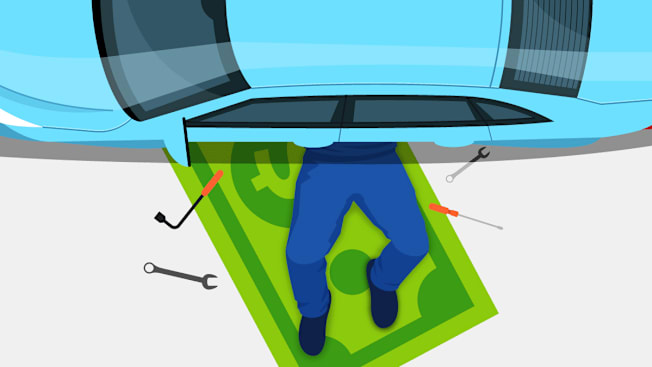Prepaid Car Maintenance Plans: Are They Worth the Cost?
Everything you need to know, including what's covered, what's not, and how to tell if they're the right choice for your new or used car

Prepaid maintenance plans are offered for a majority of new cars and some used cars. The car dealer’s finance and insurance manager (the “F&I” guy) usually pitches these plans to customers while the final paperwork is being signed. They usually cover only the regularly scheduled maintenance prescribed in the owner’s manual.
For example, new Toyota models come standard with a two-year, 25,000-mile maintenance plan, but a buyer can purchase an extended prepaid maintenance plan that covers up to five years.
Keep This in Mind Before Buying a Prepaid Service Plan
• All of these plans can be bundled into an auto loan and paid for in your monthly bill. But this means you’ll be paying interest on the plan. To avoid this, you can pay for the plan in full separately.
• Despite any pressure you get, you don’t have to decide on a plan when you buy your car. These plans can be added at a later date. You can buy a plan from any dealer, and the prices are negotiable.
• Some plans can be transferred if you sell your car before they expire. You’ll have to confirm whether this is allowed before you buy the maintenance plan.
• Factory-backed plans are honored at any dealership that sells that brand, which is helpful if you move. But if you live far from a dealer, it can be a hassle to get there, so take that into consideration.
• Dealerships use genuine OEM parts and factory-specified engine oil.
• Some plans are more expensive than just paying for maintenance at a dealer. Ask what each service interval costs to get an idea of a plan’s true value.
• Aftermarket plans may have limitations on where the work can be done.
• Prepaid plans usually don’t cover replacing the brakes, tires, or wiper blades.




















